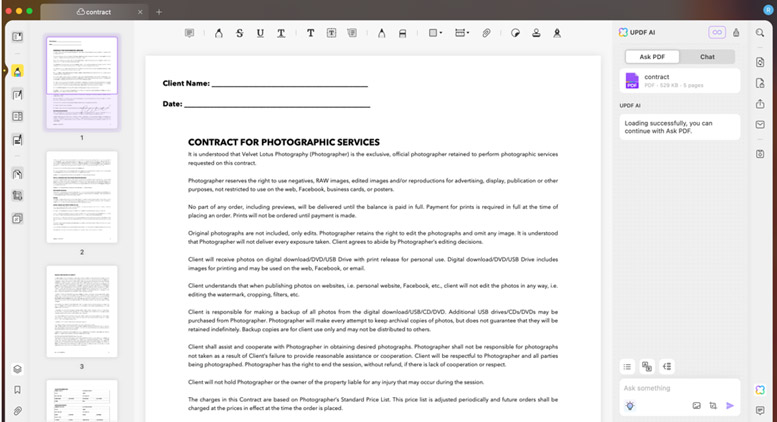IDF: Intel touts standards in the data center
Focus is on server chips and networking
SAN JOSE, CALIFORNIA — Midway through the Intel Developer Forum here, Intel Thursday turned its attention to the data center with two executives presenting familiar themes about the need for standardization in both server chips and networking.
Mike Fister, Intel senior vice president and general manager of enterprise platforms group, kicked off his presentation with a look at the company’s successful Xeon server chip and its fledgling 64-bit Itanium processor. Sean Maloney, executive vice president of Intel’s communications group, followed with his take on the company’s push in the networking industry to lower costs for vendors and promote Internet traffic growth.
Fister touched on some of the processor announcements Intel made earlier in the week, which included faster Xeon chips arriving this year and in 2004 and a new version of the Itanium processor designed for thin rack servers. Xeon has been a big success story for Intel in the low end of the server space, and the company expects to ship more Xeons in the first half this year than it did in all of 2002, Fister said.
The high-end Itanium chip, however, has not enjoyed the same success as Xeon, but Fister insisted that the server industry has backed the processor with significant support. Fister pointed to Hewlett-Packard as one vendor that intends to drop its own processors in favor of Itanium and also to IBM and Dell Computer, which have said they will eventually release new Itanium servers.
“These guys don’t do this for fun,” Fister said. “They do this because their customers are asking them for it.”
Despite Fister’s enthusiasm, both IBM and Dell have said they currently sell far more Xeon servers than Itanium-based systems and have been slow to pick up Itanium because of lackluster customer demand. One French reporter questioned Fister about some of Itanium’s performance characteristics during a question-and-answer session with the press, prompting a quip from the Intel executive.
“I wouldn’t use the word horrible,” Fister said in response to the reporter’s question. “That is a French word or something.”
Maloney also sounded familiar themes centered on Internet traffic growth and the need for a low-cost network infrastructure to deal with that traffic and help service providers facing tight budgets.
Internet traffic is doubling each year and is likely to keep growing at that rate, if not faster, for the foreseeable future, Maloney said. The growing use of IEEE 802.11 wireless LANs, the continued adoption of broadband, emerging markets for Internet use in Asia and other regions, and new applications such as pictures and video on phones all will drive up bandwidth demands, he said.
Meanwhile, Maloney said there is no rebound in sight for the telecommunications equipment industry. Carriers will need to keep capital and operating expenses down, he said. A key to making that possible will be adoption of standardized platforms for telecommunications equipment using standards such as ATCA (Advanced Telecom Computing Architecture), which will allow system and component vendors to share platform development costs instead of pouring money into proprietary technology, Maloney said.
In the question-and-answer session after the keynote, Maloney said the whole industry backs ATCA, but it will take time for carriers to request the new kinds of systems and for established manufacturers to deliver them.
On the access side of networks, Maloney suggested 802.11, or Wi-Fi, may be a more economical alternative than fiber-to-the-home networks that generally require laying down a new physical infrastructure.
Also in the keynote, Maloney announced Intel’s new IXP420, IXP421 and IXP422 network processors, intended as lower-cost, more specialized chips to complement the IXP425 announced last year for network gear in homes and small and medium-sized businesses. He also announced Intel is working with Microsoft Corp. on porting the Windows CE .Net embedded operating system on to the IXP425. General availability of the Windows CE .Net board support package on the IXP425 begins later this year, according to Intel.




